Shanghai, a city steeped in traditional cultures, seamlessly blends its rich history with the rapid modernization of recent decades. Amidst the towering skyscrapers and contemporary developments, remnants of the city's historical charm can be found, offering a glimpse into its diverse cultural heritage. Yuyuan Garden, located in the heart of Shanghai, is a classical Chinese garden that dates back to the Ming Dynasty. Built in the year 1559, it is renowned for its exquisite design, traditional architecture, and beautiful landscaping. The garden covers a relatively small area but is ingeniously designed to create the illusion of a much larger space. Visitors can explore various halls, pavilions, and intricate pathways adorned with ancient trees, delicate flowers, and charming rock formations. One of the highlights of Yuyuan Garden is the Grand Rockery, a towering artificial rock mountain composed of grotesque rocks from Lake Tai. The rockery is not only a feat of engineering but also a symbol of endurance and strength. Adjacent to Yuyuan Garden is the Yuyuan Bazaar, a lively market where visitors can indulge in traditional Chinese snacks, buy unique souvenirs, and experience the vibrant local atmosphere. Another traditional scene is Jing'an Temple. Originally built in 247 AD during the Three Kingdoms period, the temple has undergone several relocations and renovations over the centuries, evolving into the magnificent structure it is today. The temple's name, "Jing'an," translates to "Tranquility and Peace," reflecting its role as a sanctuary in the bustling urban landscape. The temple complex features a combination of traditional Chinese architectural elements and contemporary design. The main hall, known as the Mahavira Hall, houses a gilded Buddha statue, and its intricate carvings and vibrant colors showcase superb craftsmanship. Surrounding the hall, serene courtyards and gardens offer visitors a peaceful escape from the urban hustle.
Undoubtedly, Shanghai is an extremely modern city. The Shanghai World Expo, the Shanghai History Museum, the
Shanghai Disney Resort are all attractions with distinctive Shanghai characteristics. The
Shanghai World Expo, held in 2010, was a global event that showcased technological innovations,
cultural exchange, and sustainable development. Spanning an area of over 5 square kilometers along the
Huangpu River, the expo brought together participants from 190 countries, making it one of the largest
international expositions in history. The event's theme, "Better City, Better Life,"
emphasized the importance of urbanization and sustainable urban development. Visitors were treated to a
multitude of interactive exhibits, artistic performances, and cutting-edge technologies. The
Shanghai History Museum is a treasure trove of artifacts and exhibits that narrate the
city's rich history from ancient times to the present day. The museum's exhibits cover a wide
range of topics, including the city's evolution from a fishing village to a global metropolis, its role
in trade and commerce, and the cultural influences that have shaped its identity. Visitors can explore
archaeological finds, historical documents, and immersive displays that bring Shanghai's past to life.
The Shanghai Disney Resort is a magical destination that brings
the enchantment of Disney to the heart of China. The resort consists of two main attractions: Shanghai
Disneyland Park and the recreational area known as Disneytown. Shanghai Disneyland Park features the iconic
Enchanted Storybook Castle, which is the largest and most interactive Disney castle in the world. The park
is divided into several themed lands, including Fantasyland, Adventure Isle, Tomorrowland, and Treasure
Cove. One of the standout attractions is the TRON Lightcycle Power Run, a high-speed, futuristic roller
coaster that has become a symbol of the park's cutting-edge design. Visitors can also enjoy classic
Disney experiences, such as meeting beloved characters, watching Broadway-style shows, and immersing
themselves in magical parades.
Shanghai, a bustling metropolis, is not just
China's financial powerhouse but also a melting pot of culinary wonders. The city's
cuisine reflects its rich cultural tapestry, offering a unique blend of flavors that are both
traditional and innovative. Shanghai's food is renowned for its delicate balance and
emphasis on fresh, seasonal ingredients. Its culinary style often features a subtle sweetness,
masterfully combined with savory and sometimes slightly spicy tones, creating a harmony of
tastes that dance on the palate. Shanghai chefs are celebrated for their precision and artistry,
transforming simple ingredients into gastronomic masterpieces. Dining in Shanghai isn't just
about nourishment; it's an exploration of history, culture, and sophistication. From
bustling street markets to elegant restaurants, each culinary experience in Shanghai promises an
unforgettable journey for the taste buds, making it a must-visit destination for food
enthusiasts around the world.
Surrounding Shanghai, a vibrant hub, lie numerous exquisite cities and scenic destinations, such as Suzhou, Nanjing, Hangzhou, and the majestic Mount Huangshan in Anhui. These splendid locations are conveniently close to Shanghai. We cordially invite all participants to seize the opportunity and immerse themselves in the enchanting beauty of China during their free moments.
Suzhou, known as the "Venice of the East," is one of China's famous historical and cultural cities. It is home to numerous classical gardens, ancient water towns, and traditional handicrafts, making one feel as though they are in a beautiful painting. Suzhou's tourist attractions are incredibly rich, with the most famous being the Humble Administrator's Garden and the Lingering Garden. The Humble Administrator's Garden is the largest in Suzhou and one of the four great gardens of China, featuring a beautiful landscape of mountains and water. The Lingering Garden, on the other hand, is known for its water features, with many ancient stone bridges and exquisite buildings that make visitors linger and forget to leave.
Nanjing, known as the "Ancient
Capital of the Six Dynasties," is one of the most important historical cities in China. It
is home to numerous historical relics and cultural landscapes, such as the Sun Yat-sen
Mausoleum, Ming Xiaoling Mausoleum, and the Confucius Temple. Nanjing's tourist attractions
are quite distinctive, with the most famous being the Sun Yat-sen Mausoleum and the Ming
Xiaoling Mausoleum. The Sun Yat-sen Mausoleum, the tomb of Dr. Sun Yat-sen, a great pioneer of
the modern democratic revolution in China, is located at the southern foot of Purple Mountain in
Nanjing and is known for its magnificent architecture. The Ming Xiaoling Mausoleum, the tomb of
Zhu Yuanzhang, the founding emperor of the Ming Dynasty, and Empress Ma, is located at the
southern foot of Purple Mountain in the Xuanwu District of Nanjing, near the Dulongfu along the
Wanzhu Peak. It is one of the largest imperial tombs in ancient China.
Hangzhou, hailed as "Paradise on
Earth," is one of China's most famous tourist cities. It is home to the beautiful West
Lake, the picturesque Lingyin Temple, and ancient cultural districts. The tourist attractions in
Hangzhou are very distinctive, with the most famous being West Lake and Lingyin Temple. West
Lake is one of Hangzhou's iconic attractions, known for its beauty as "West Lake
Beauty." The lakeside is dotted with many famous sights and historical relics. Lingyin
Temple, on the other hand, is one of the important temples of the Zen sect of Chinese Buddhism,
boasting a long history and rich cultural heritage.
Anhui, renowned for its profound
cultural heritage and magnificent natural scenery, is particularly famous for Mount Huangshan
and the ancient village of Hongcun in She County. Mount Huangshan, hailed as one of the
most beautiful mountains in China, is famous for its unique pine trees, peculiar rocks, sea of
clouds, and hot springs. This mountain range is not only visually stunning but also serves as a
significant source of inspiration for Chinese literature and painting. At the foot of Mount
Huangshan lies She County, known for its well-preserved ancient villages, especially Hongcun.
Hongcun is celebrated for its distinctive Moon Pond, ancient bridges, and architecture from the
Ming and Qing dynasties, earning it a reputation as one of the most beautiful villages in China.
The exquisite natural landscape and traditional architecture seamlessly blend together, creating
a scene reminiscent of a classic Chinese ink painting, attracting countless photographers and
visitors.
* There are countless beautiful scenery in China, please refer to the website for details https://chinatour.net/.


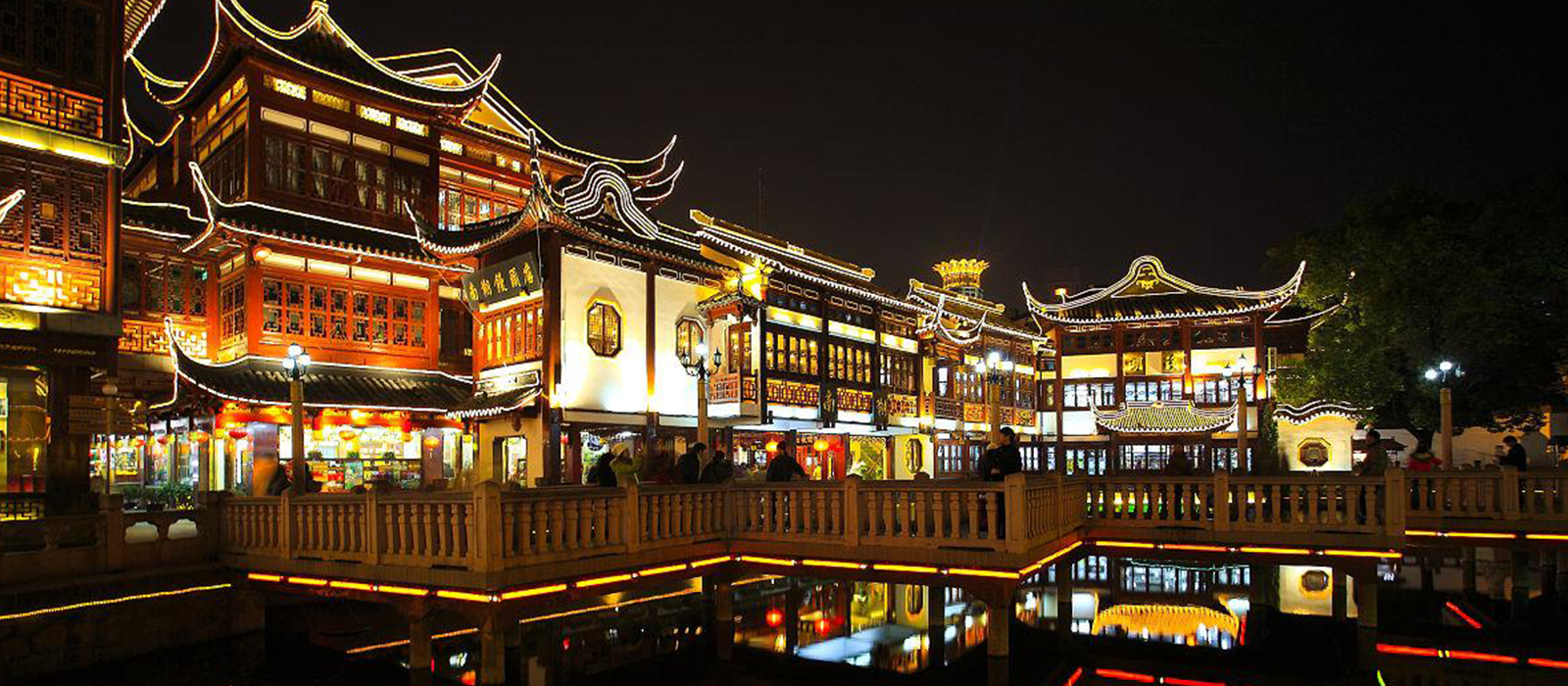

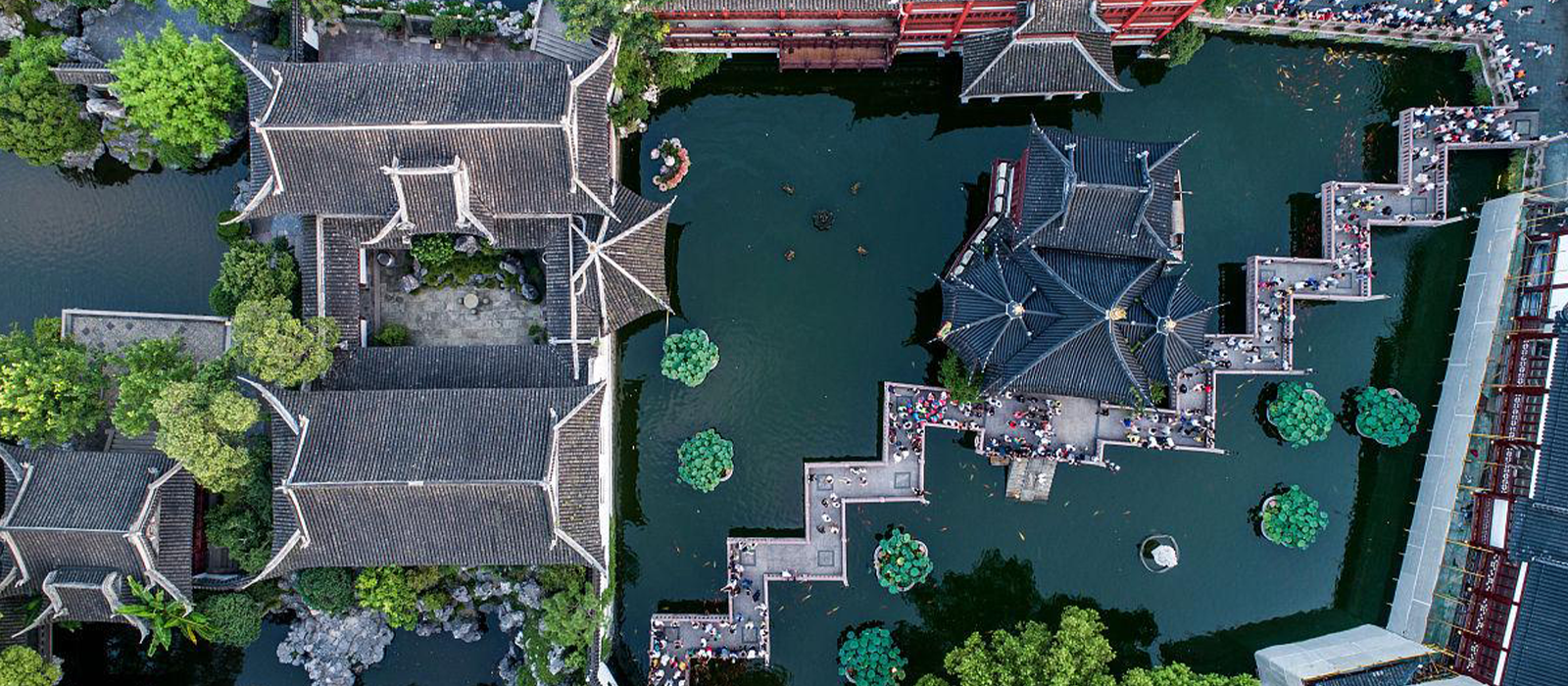
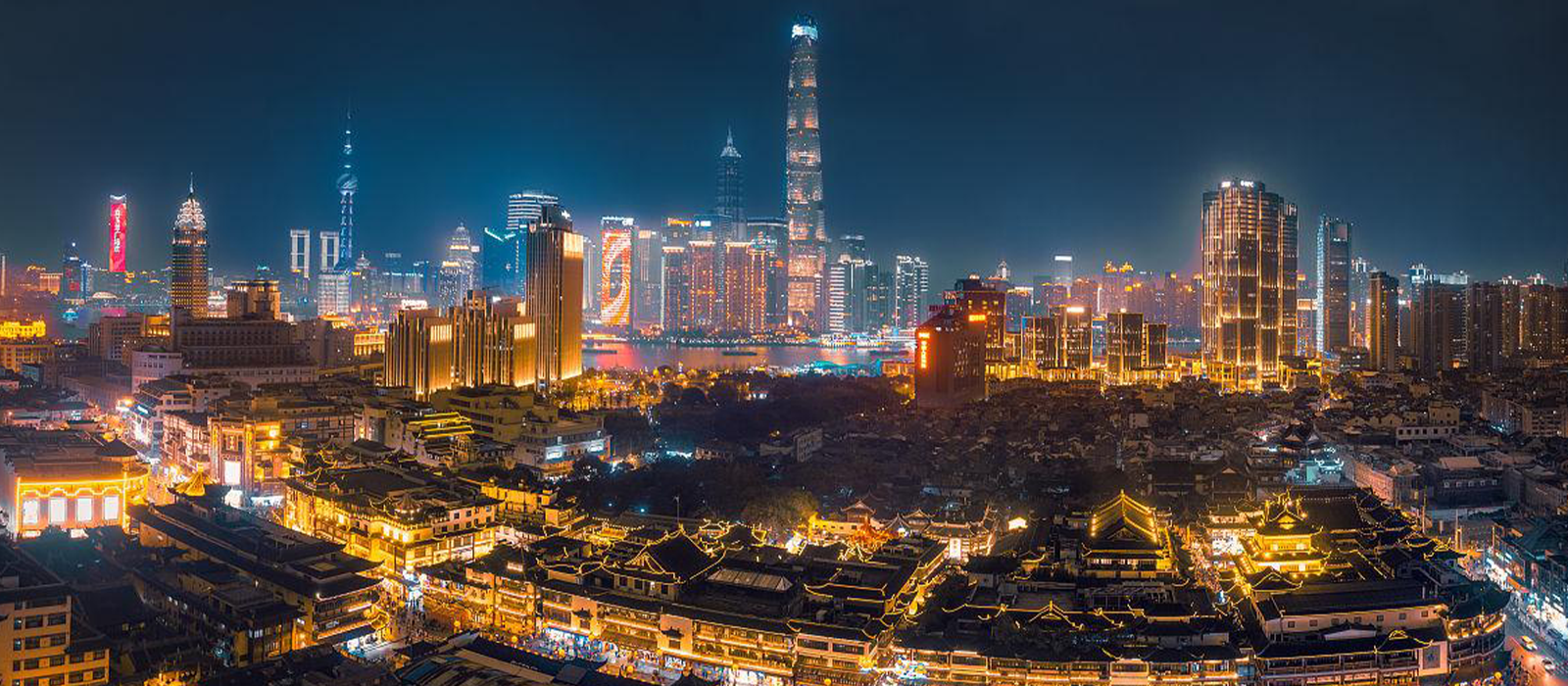

.png)

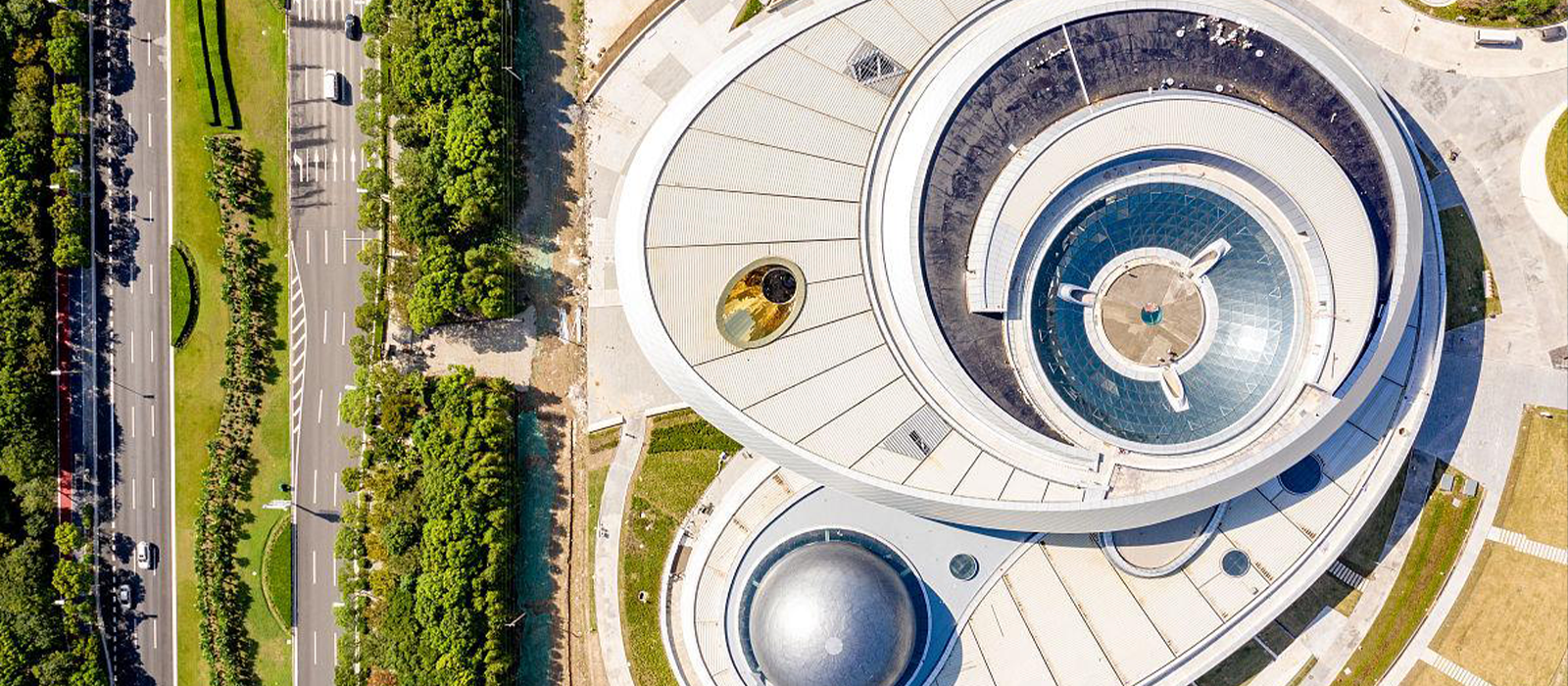
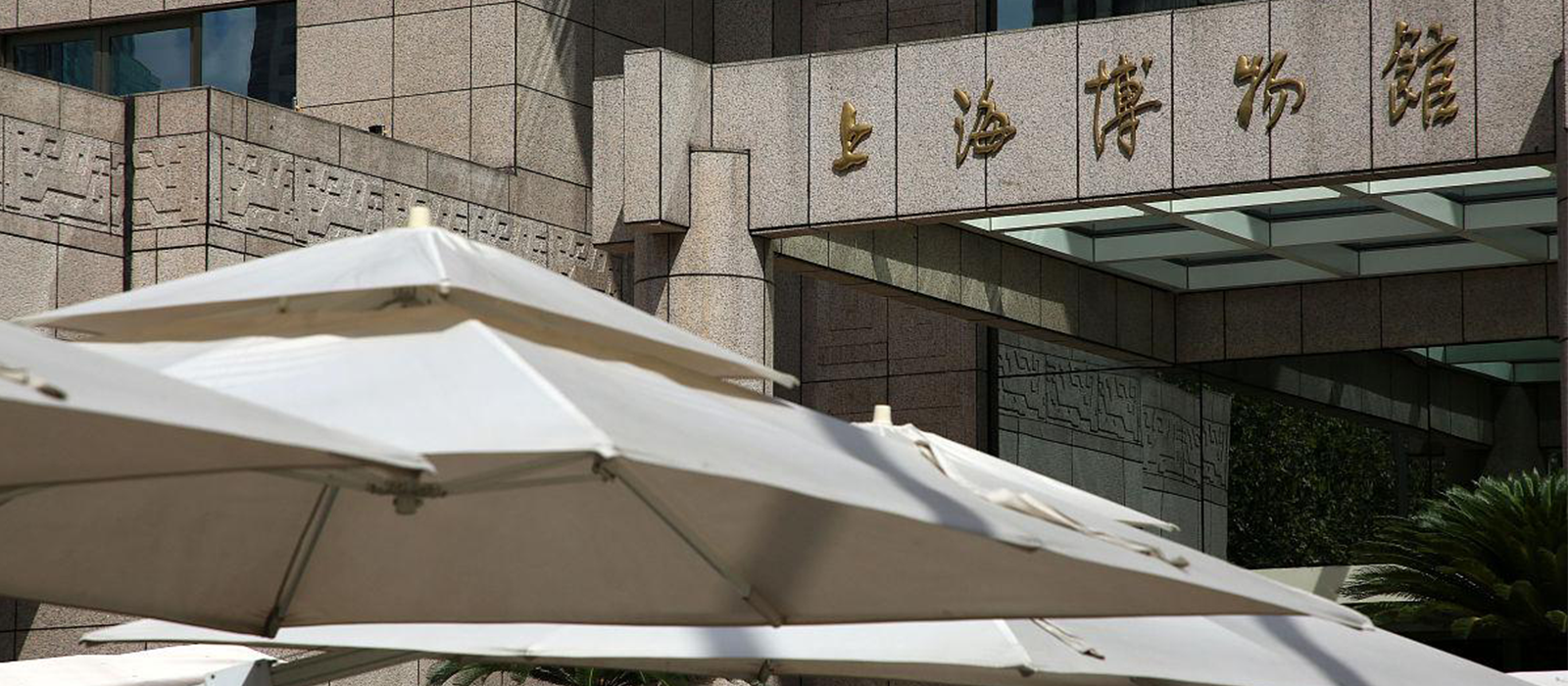
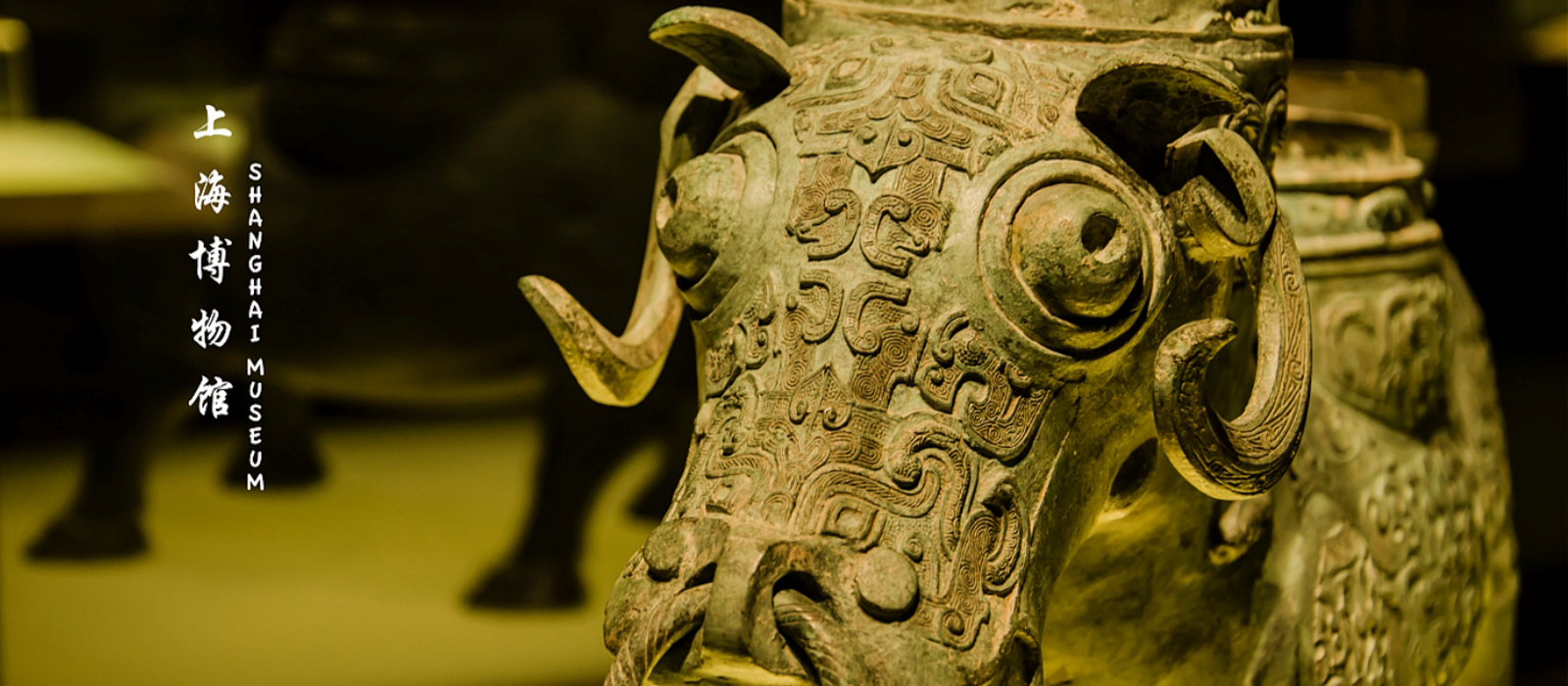
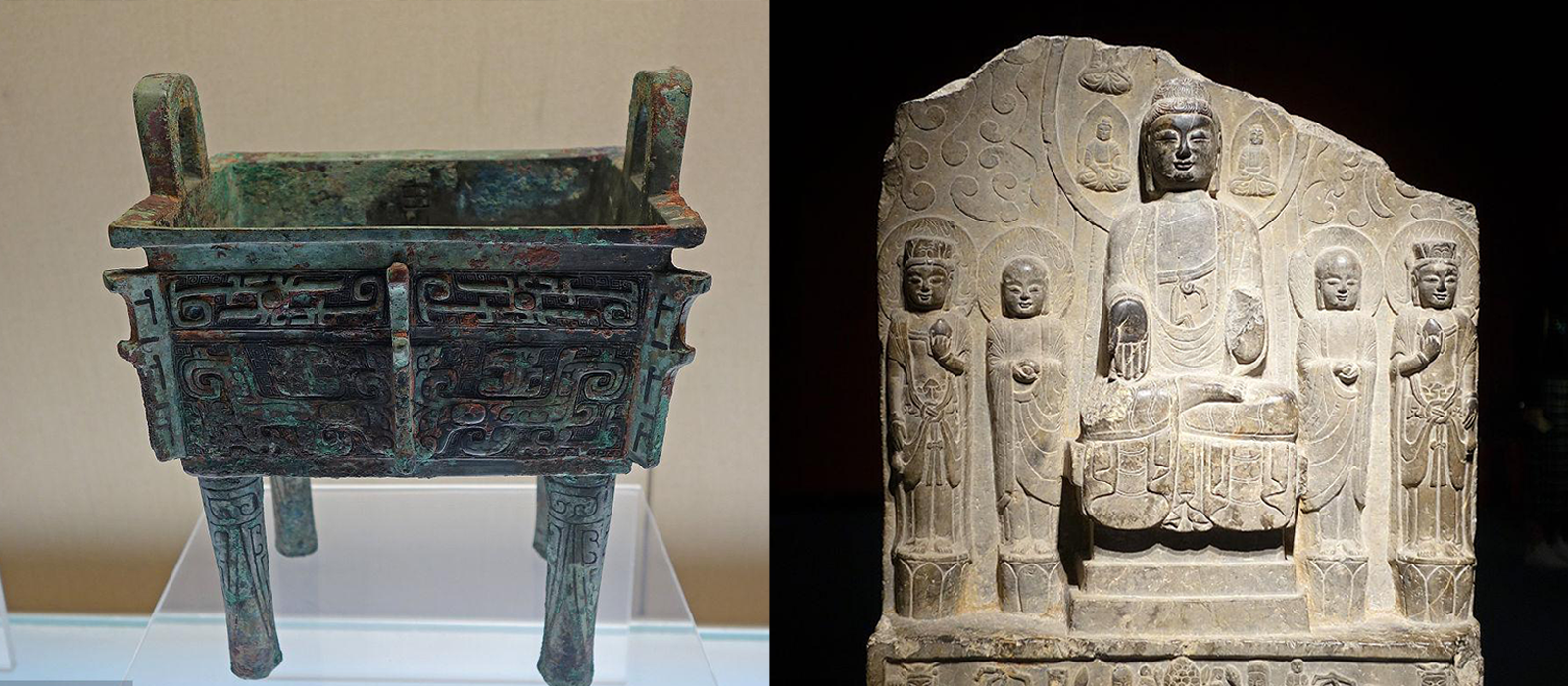




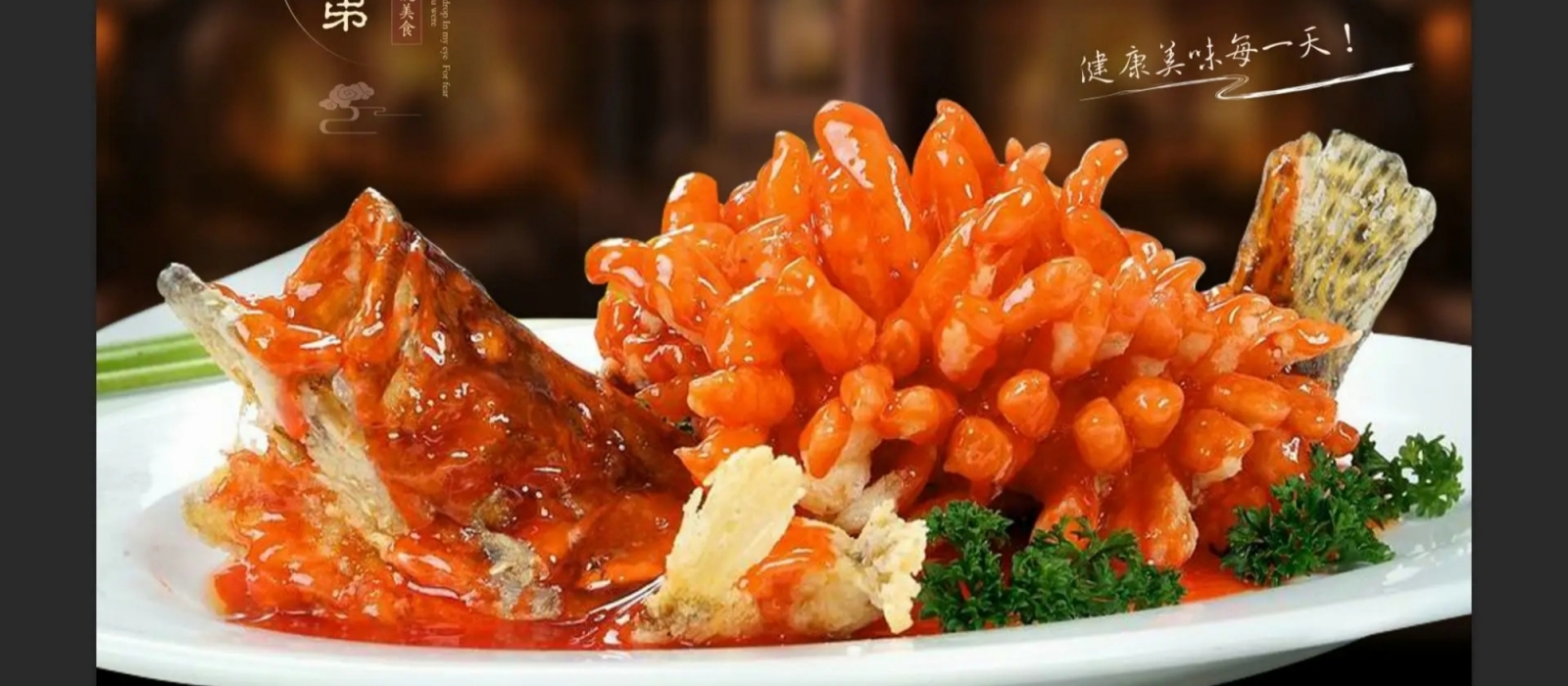





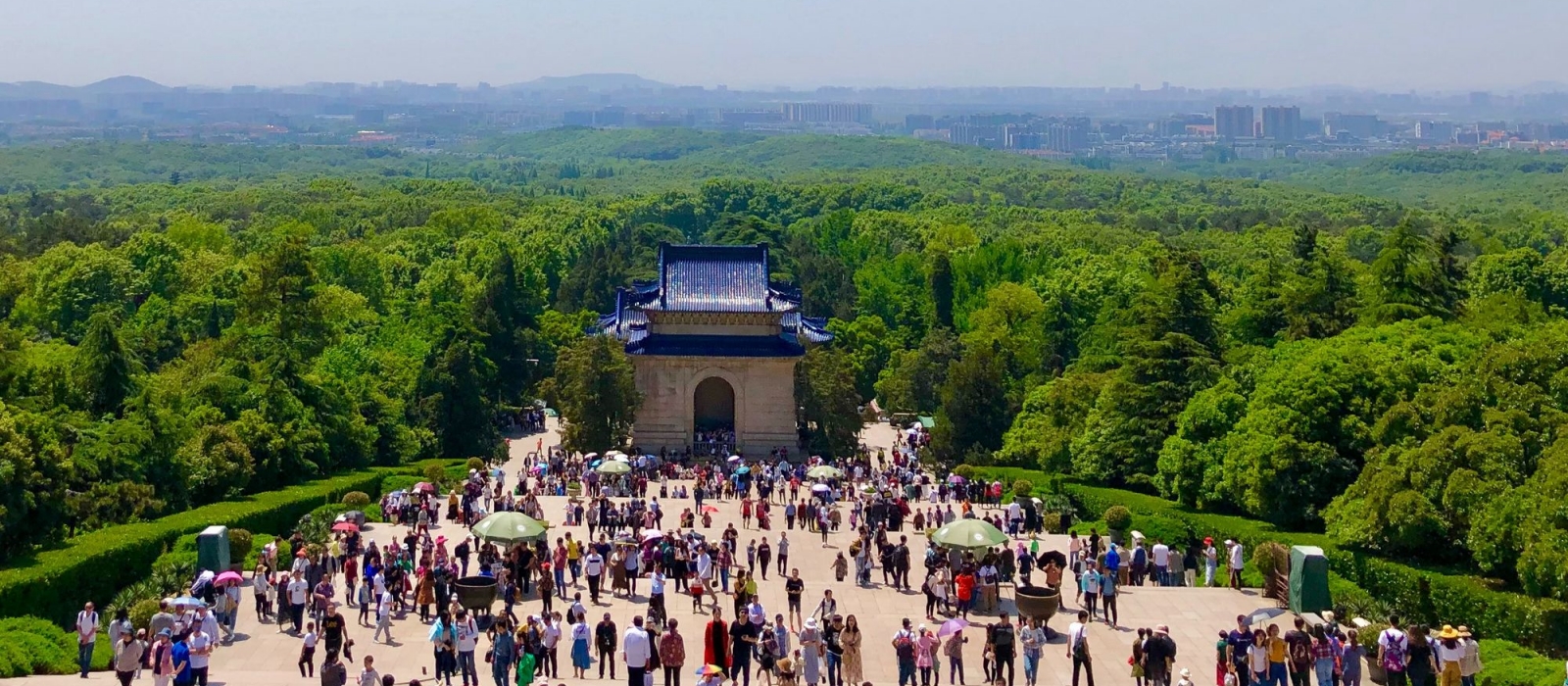
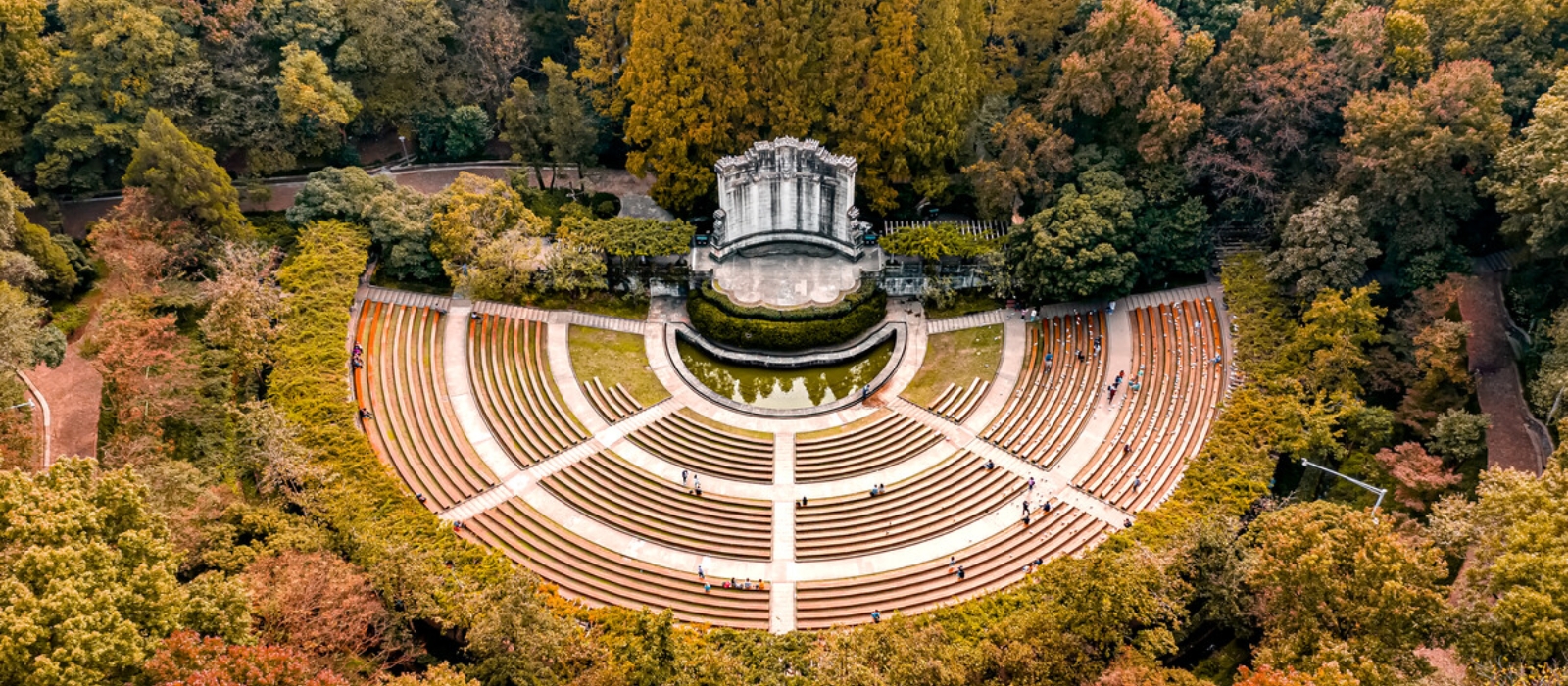

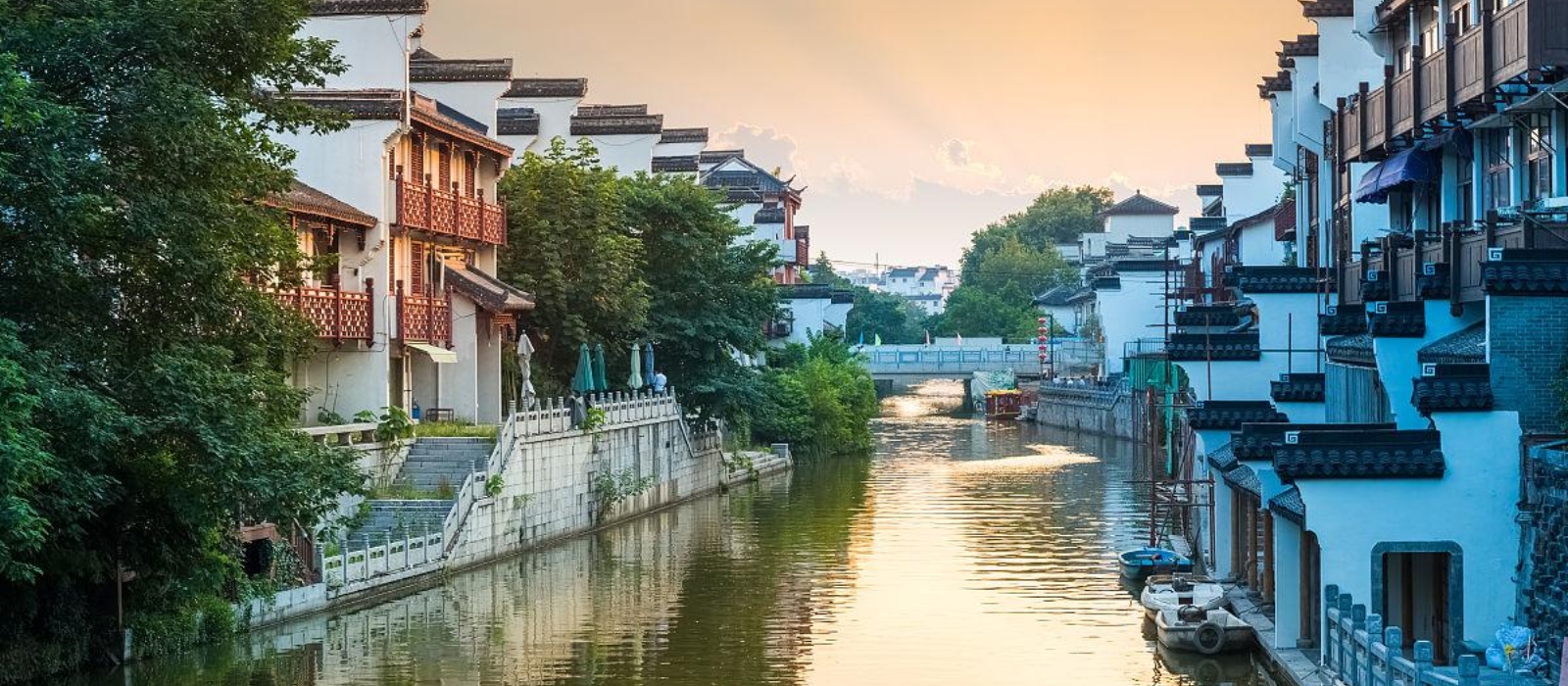
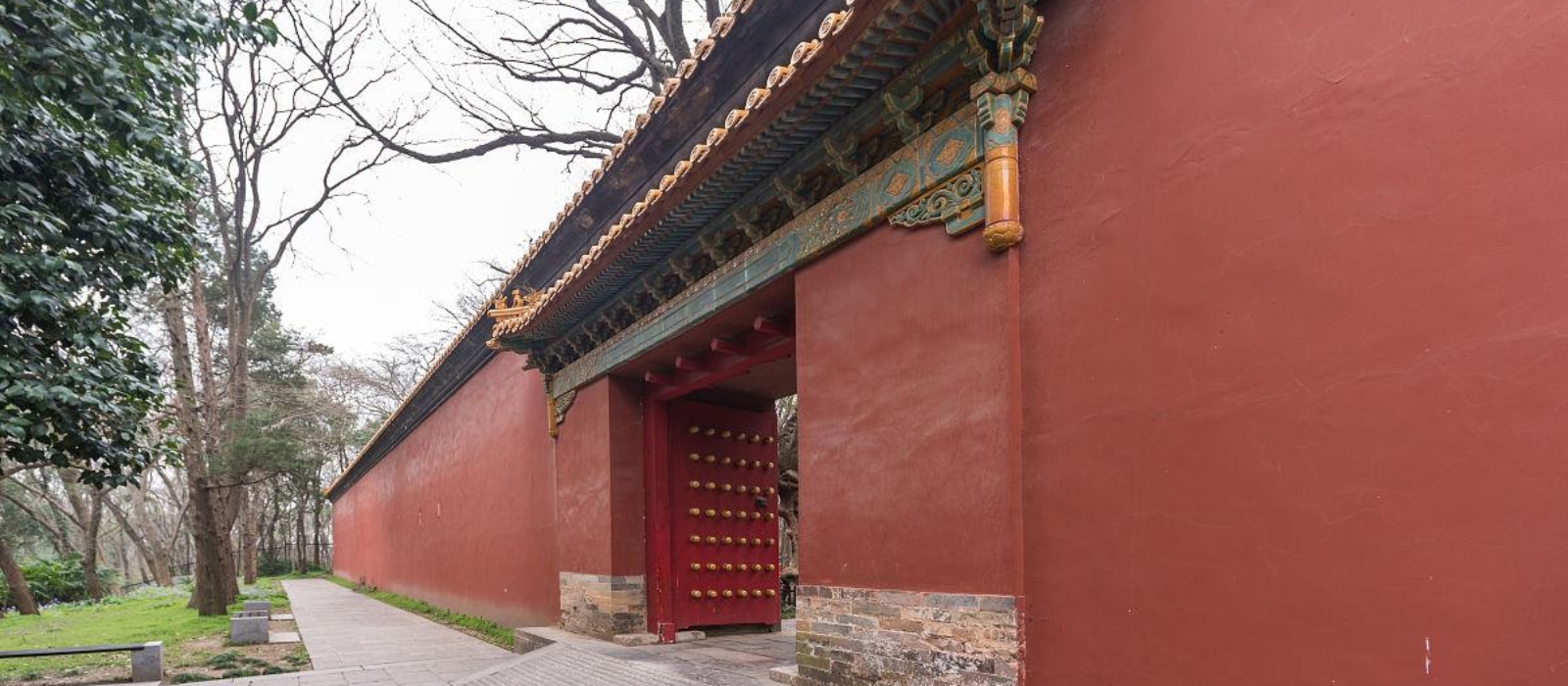

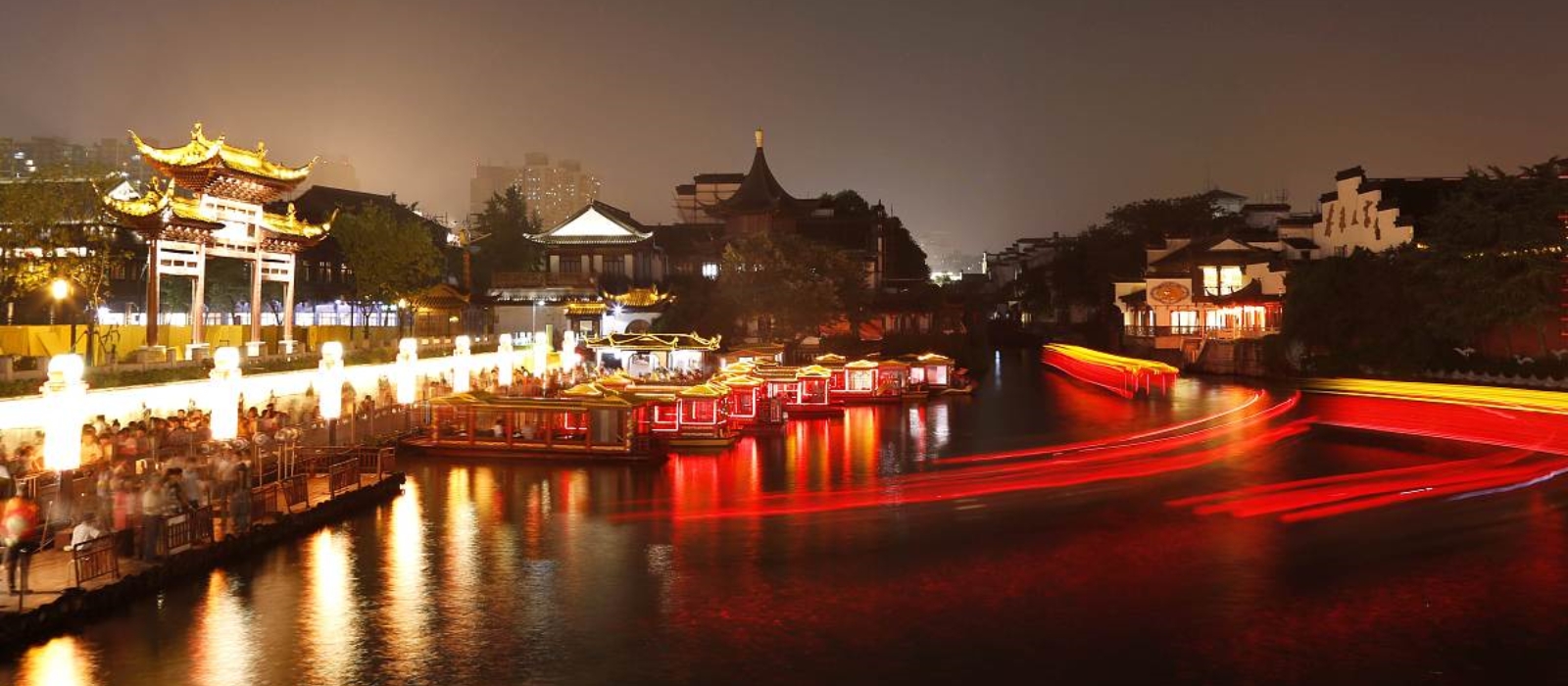
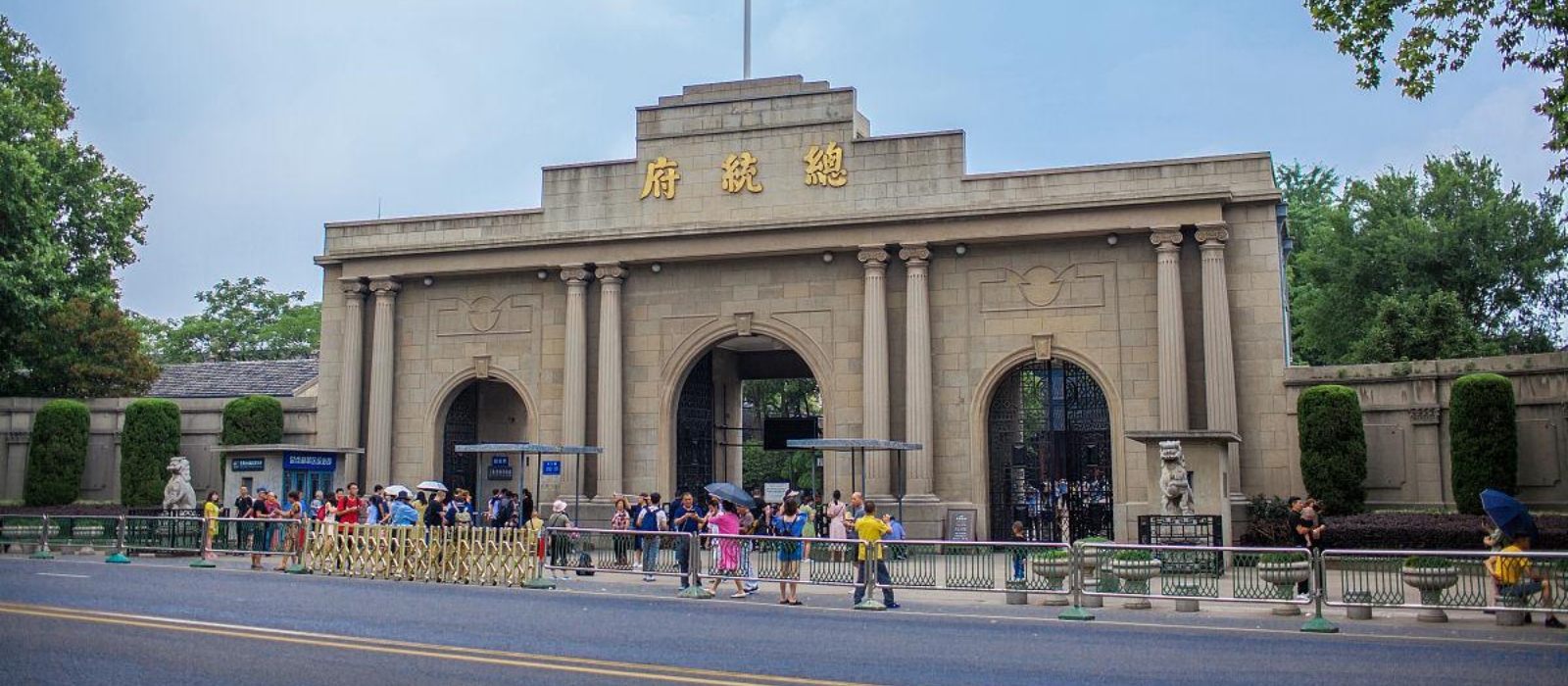
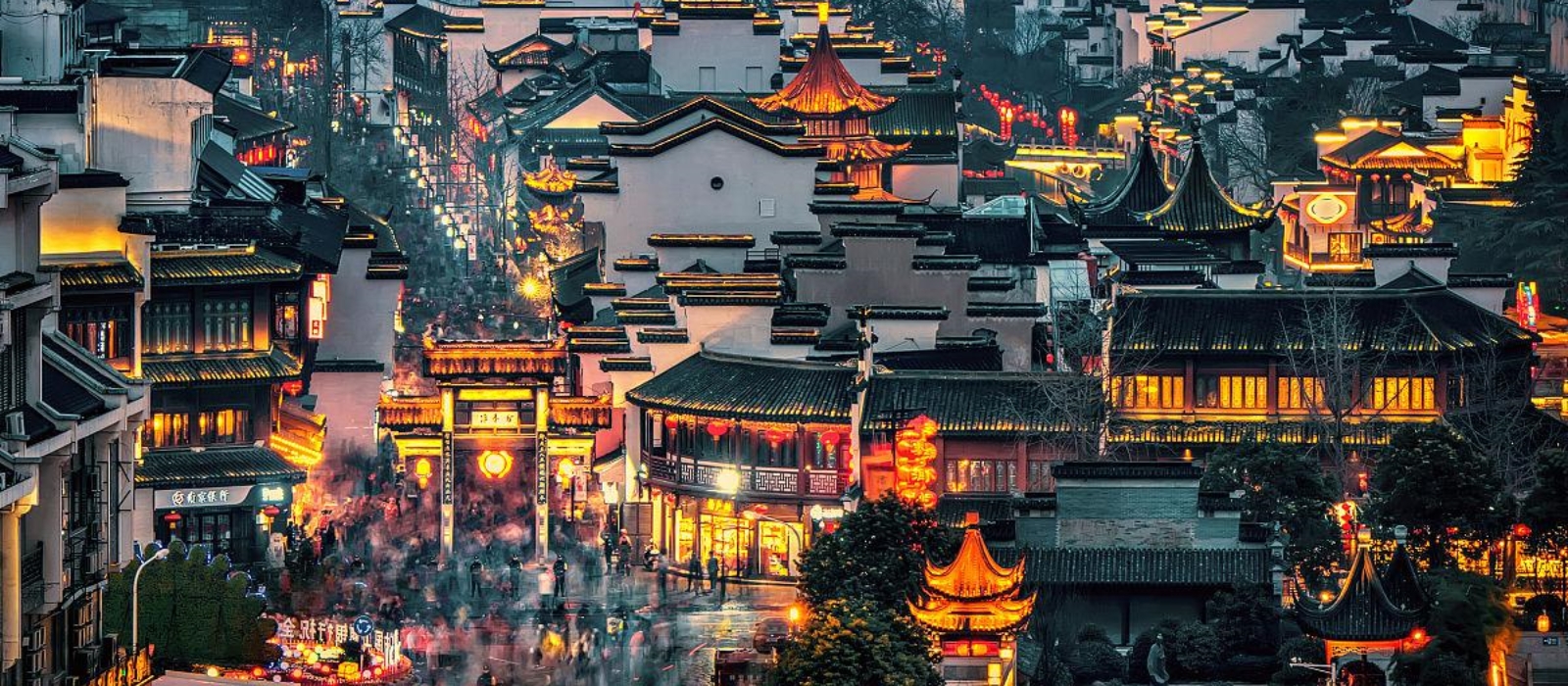



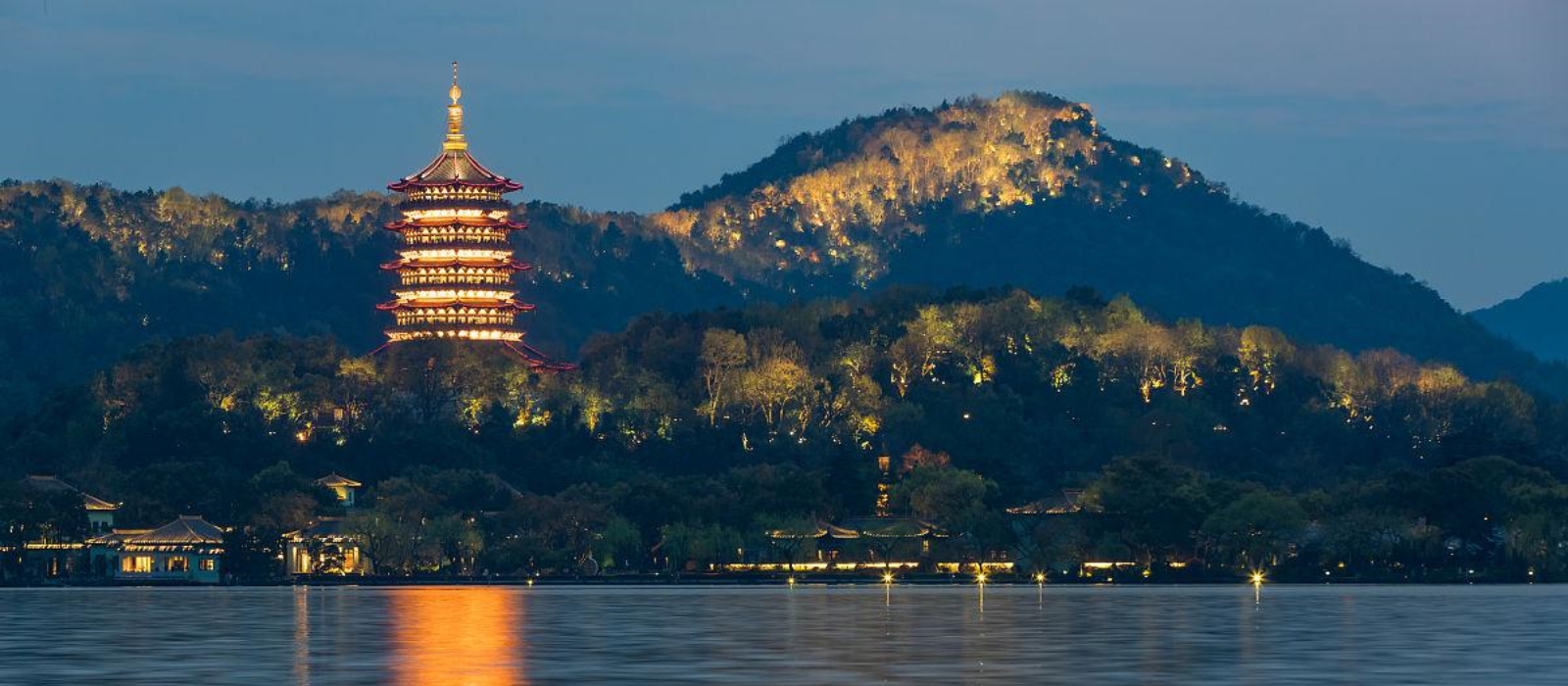
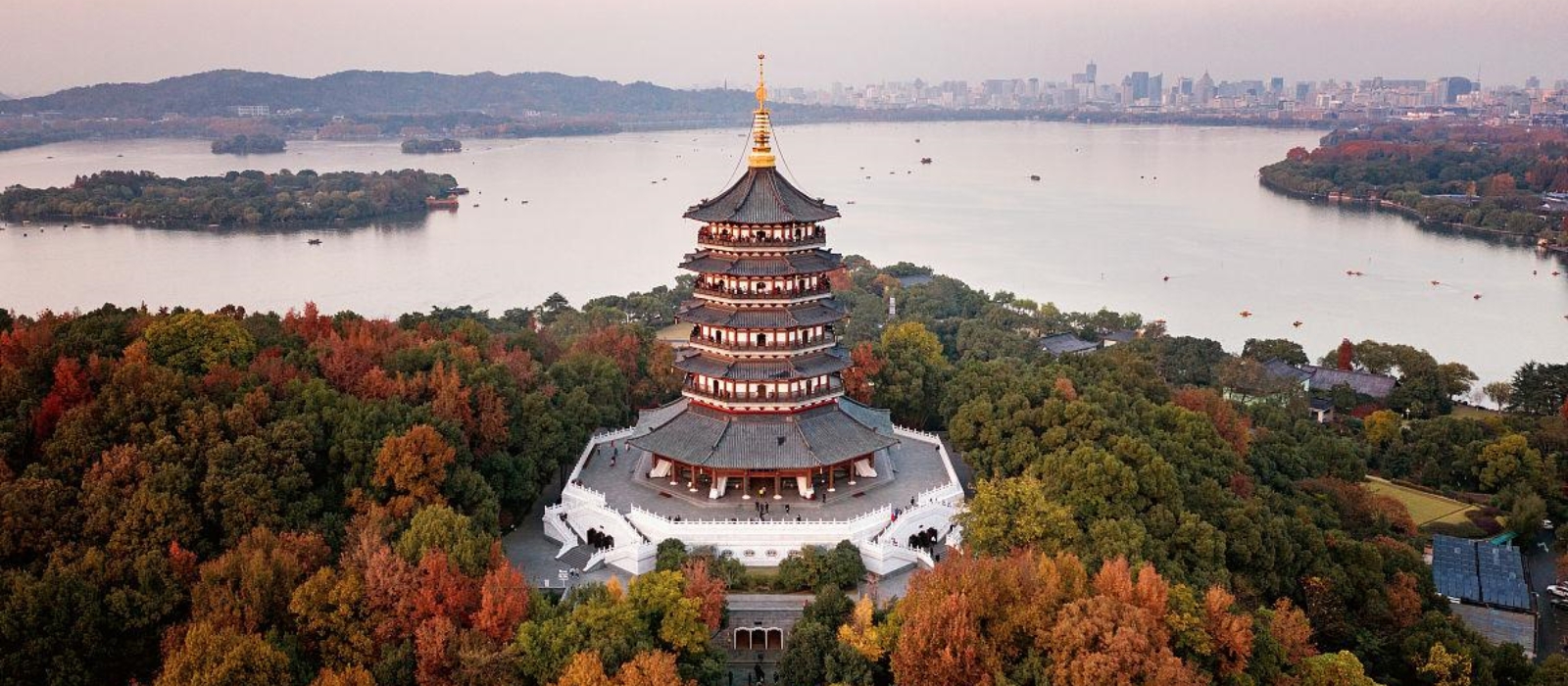
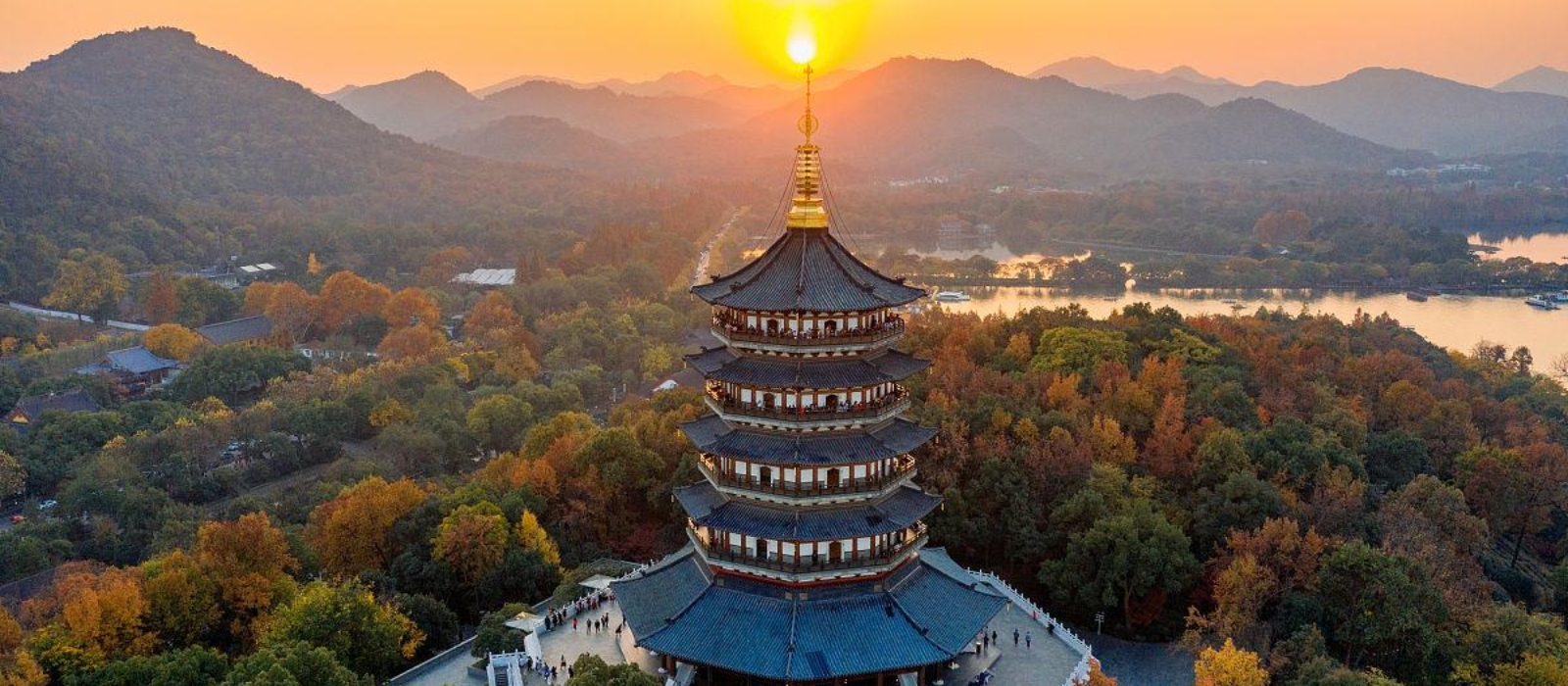
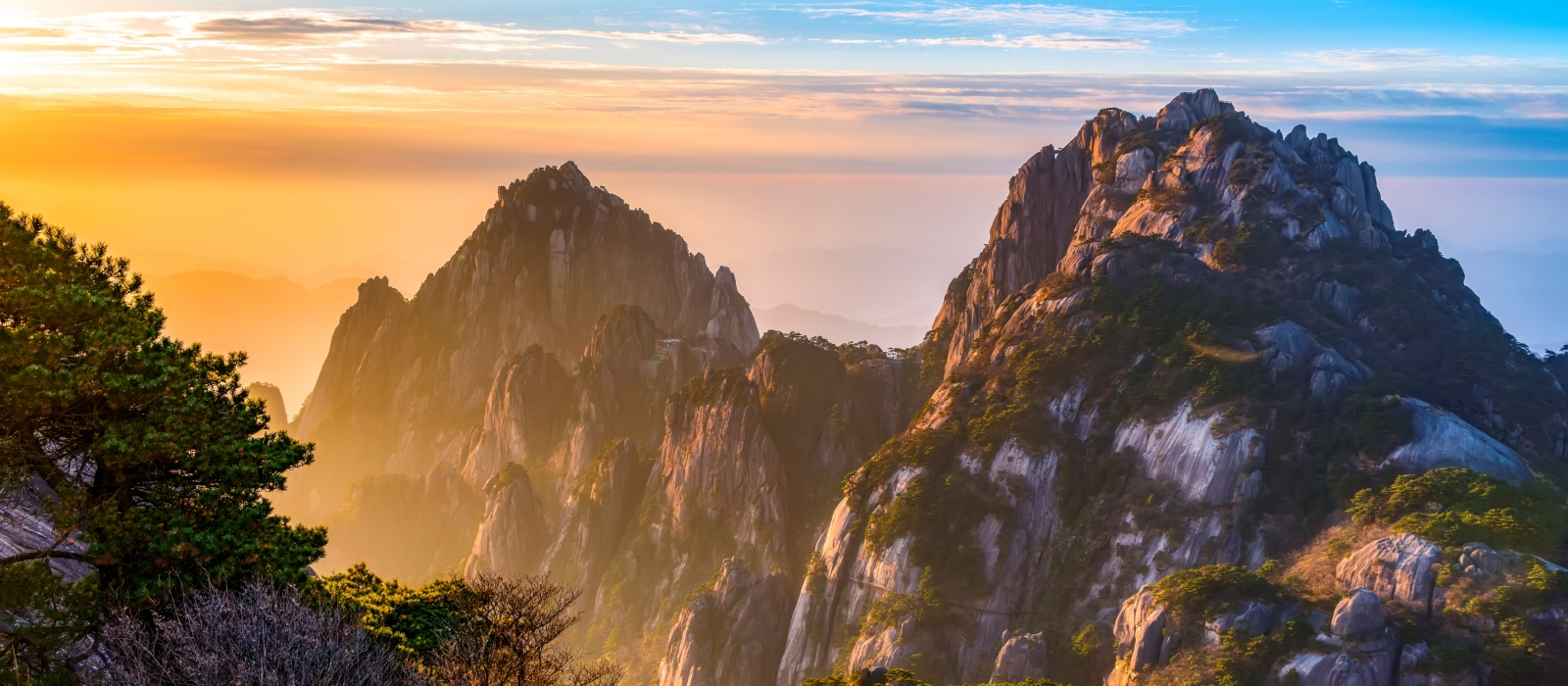
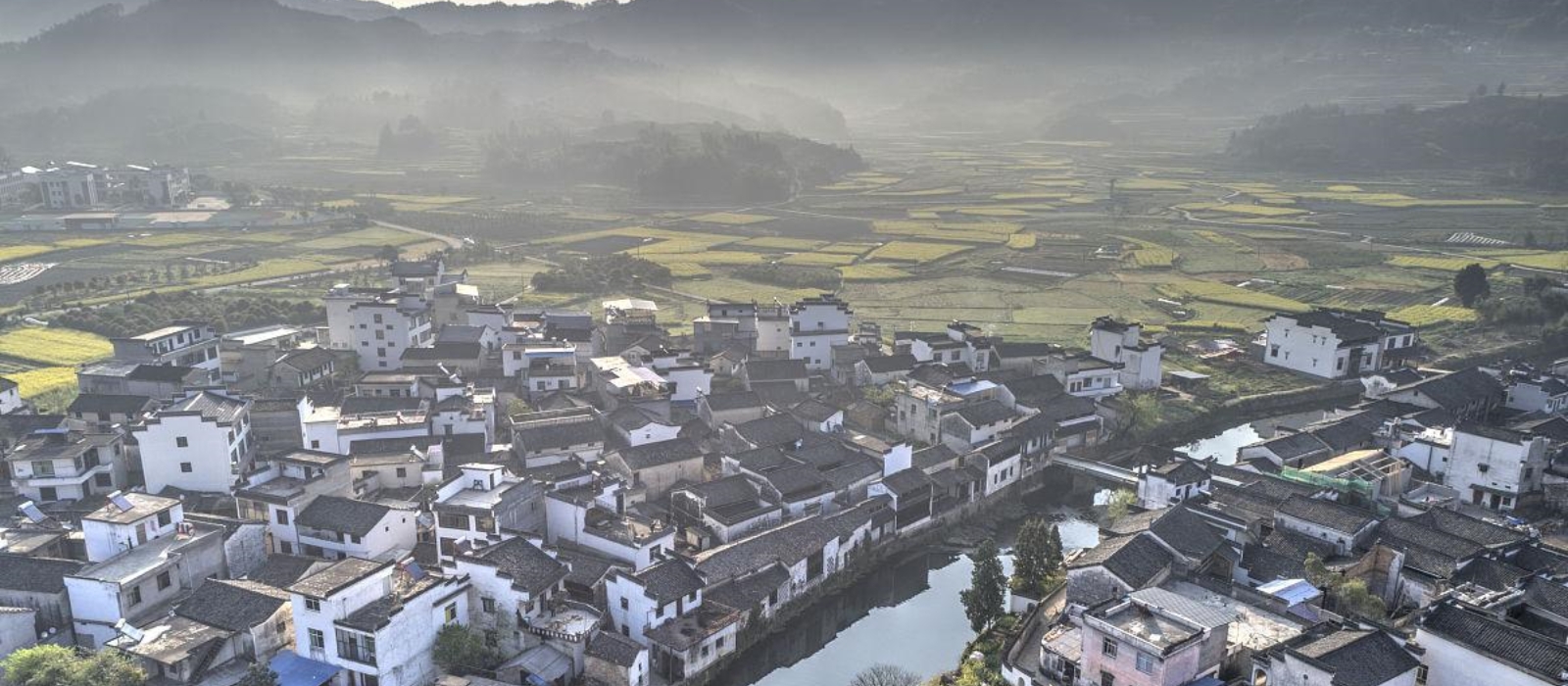
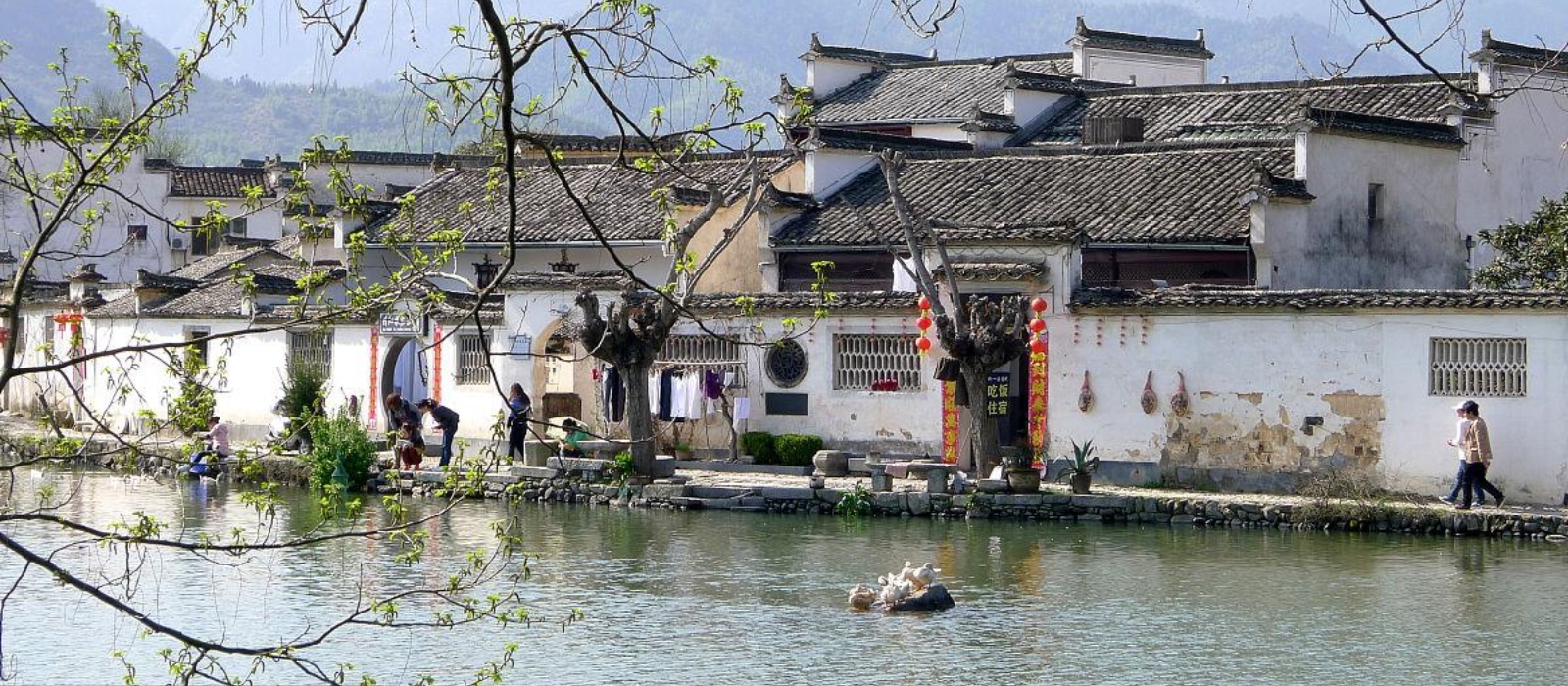

 loading......
loading......